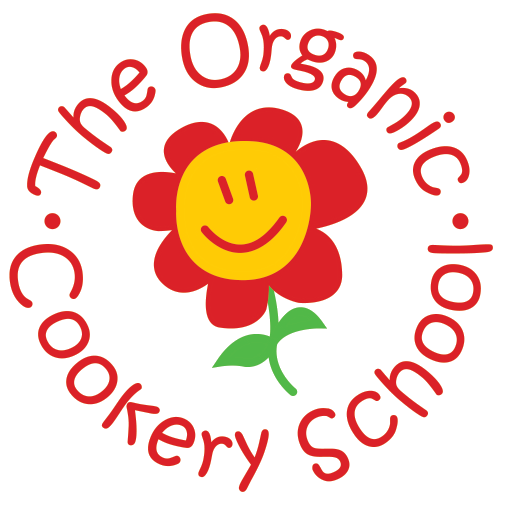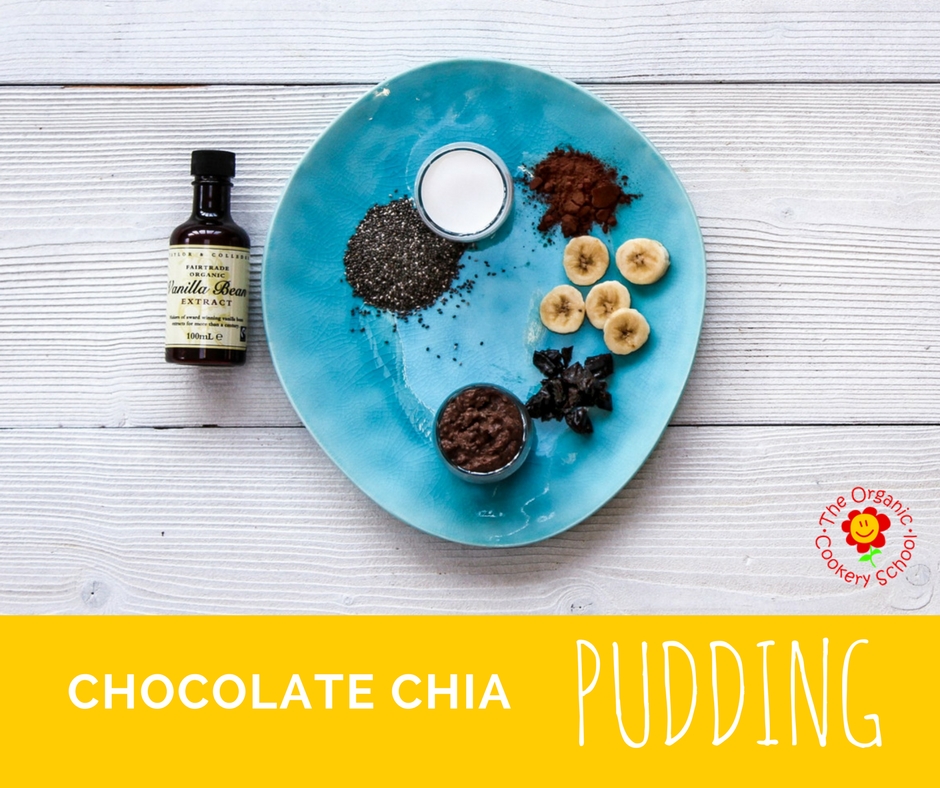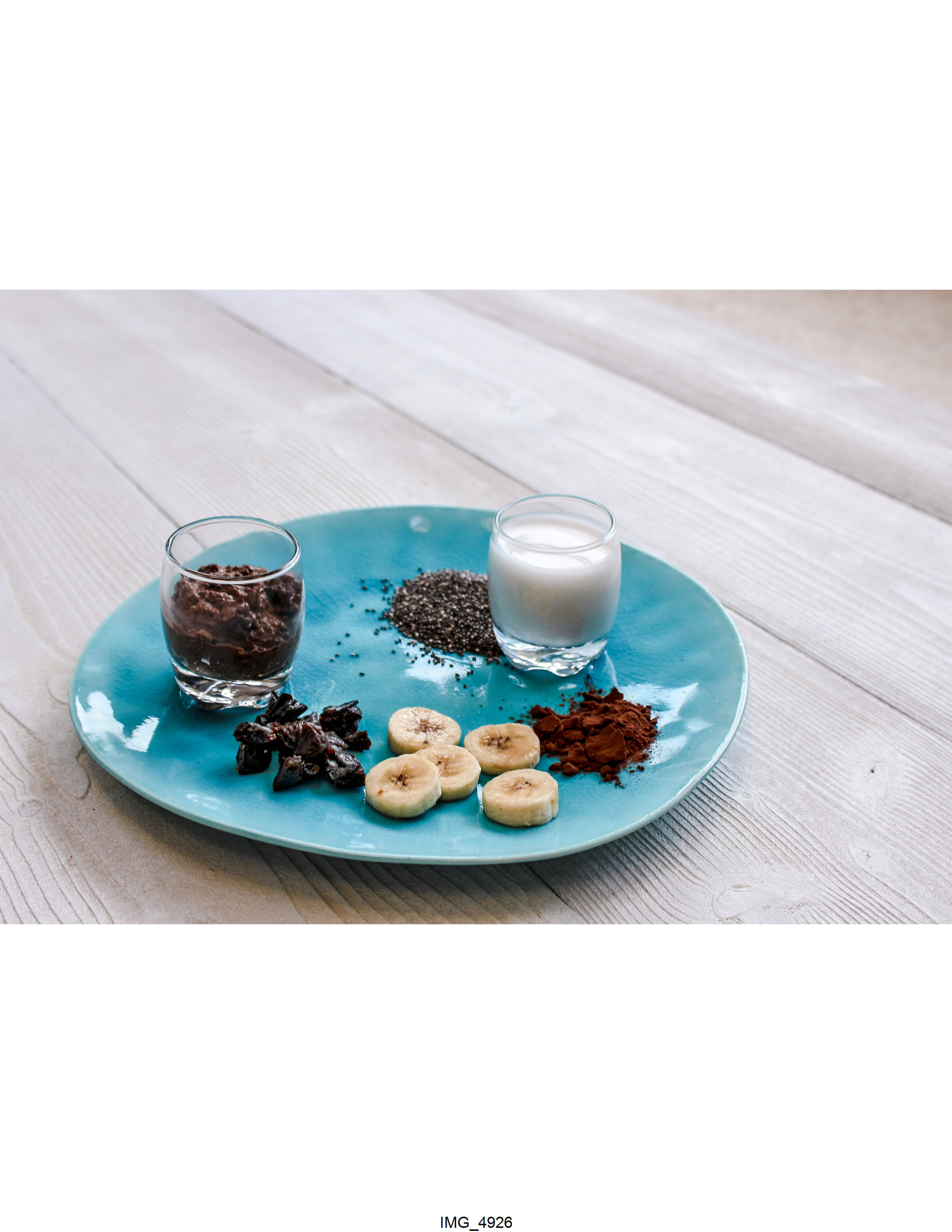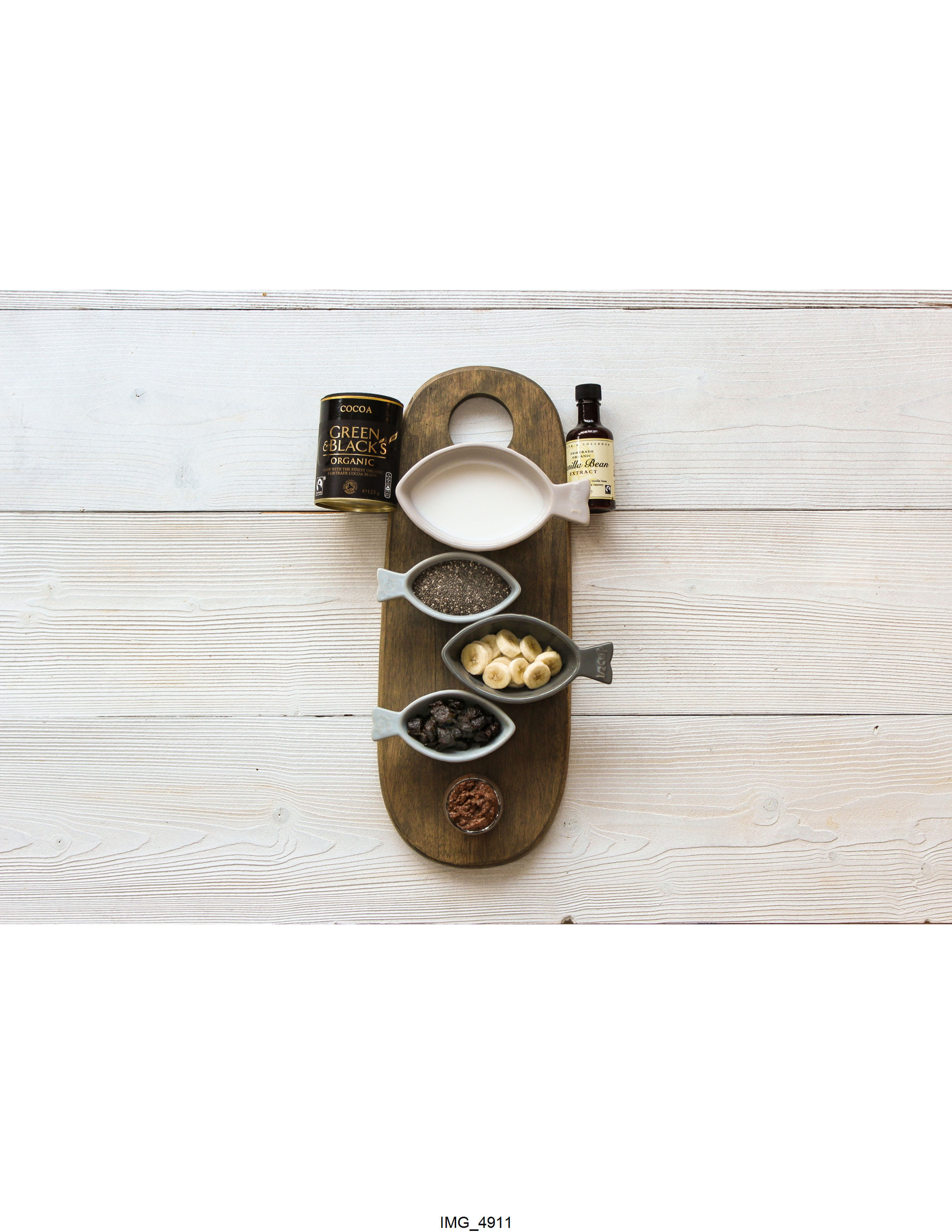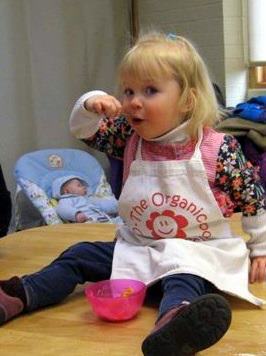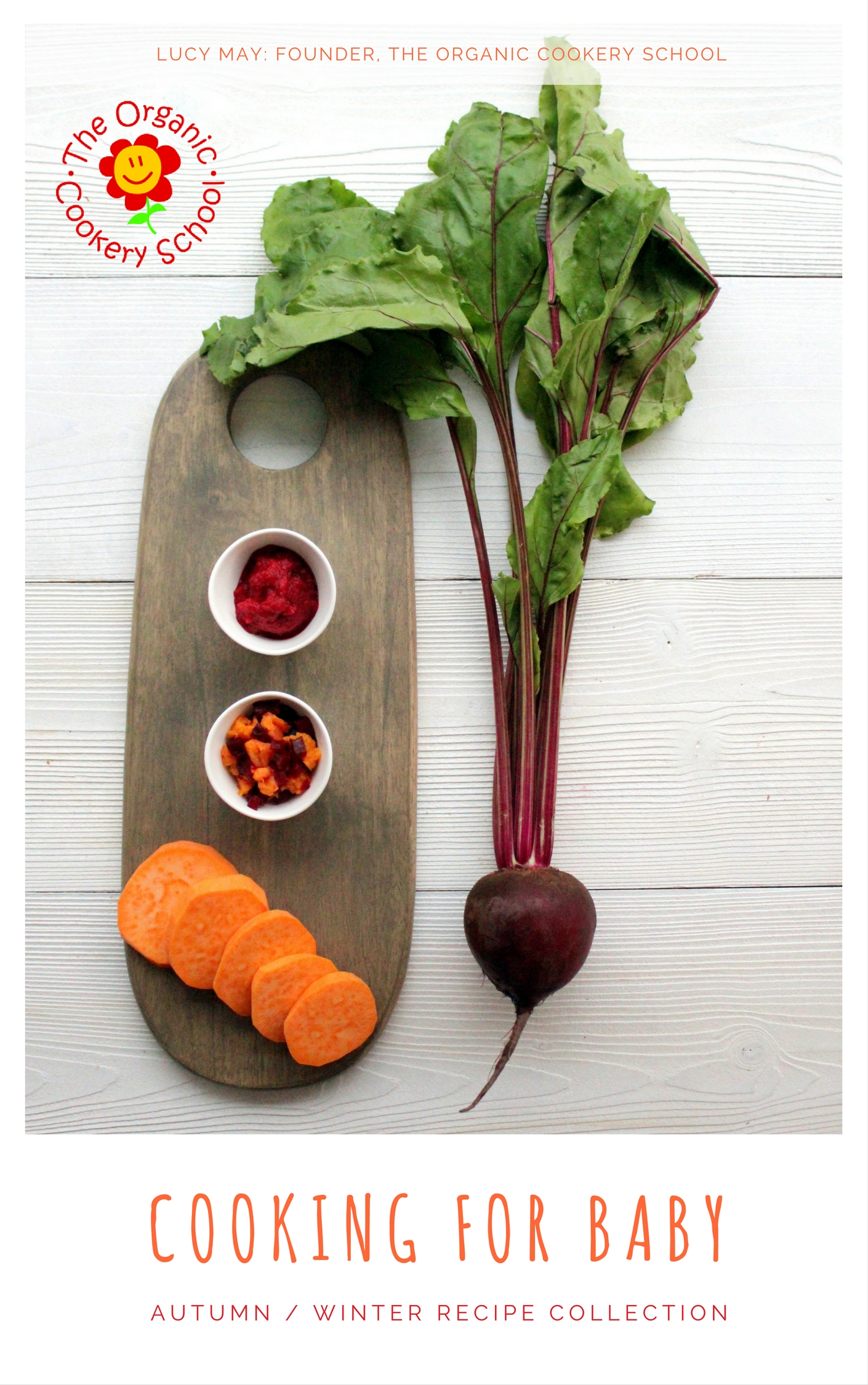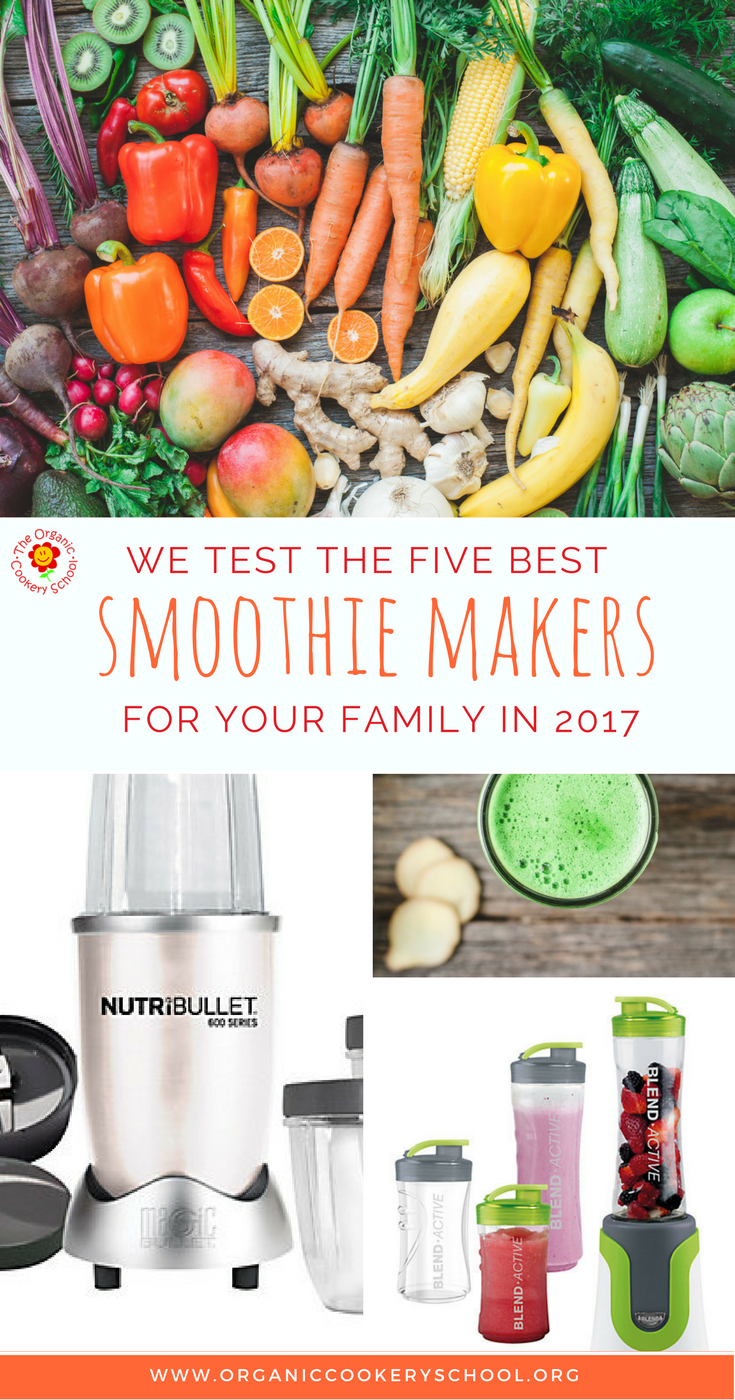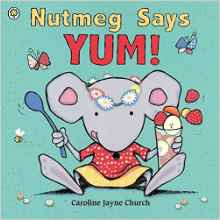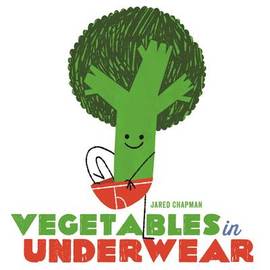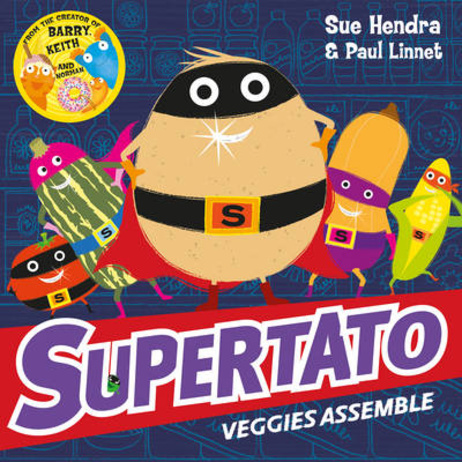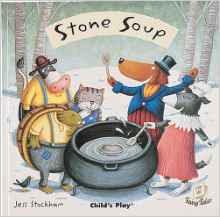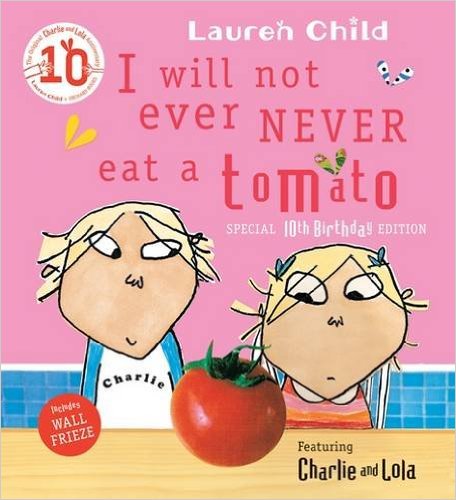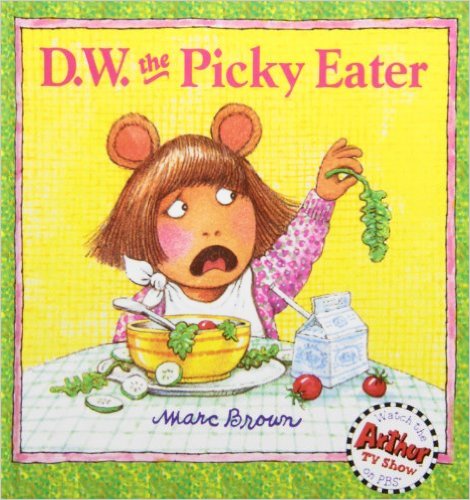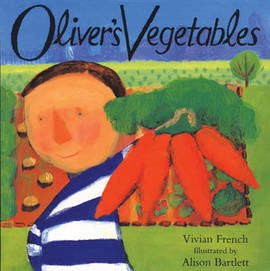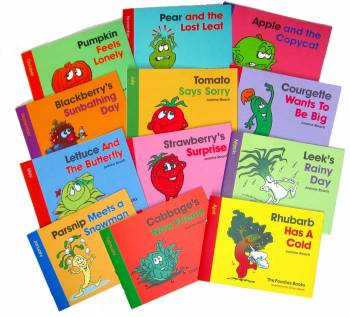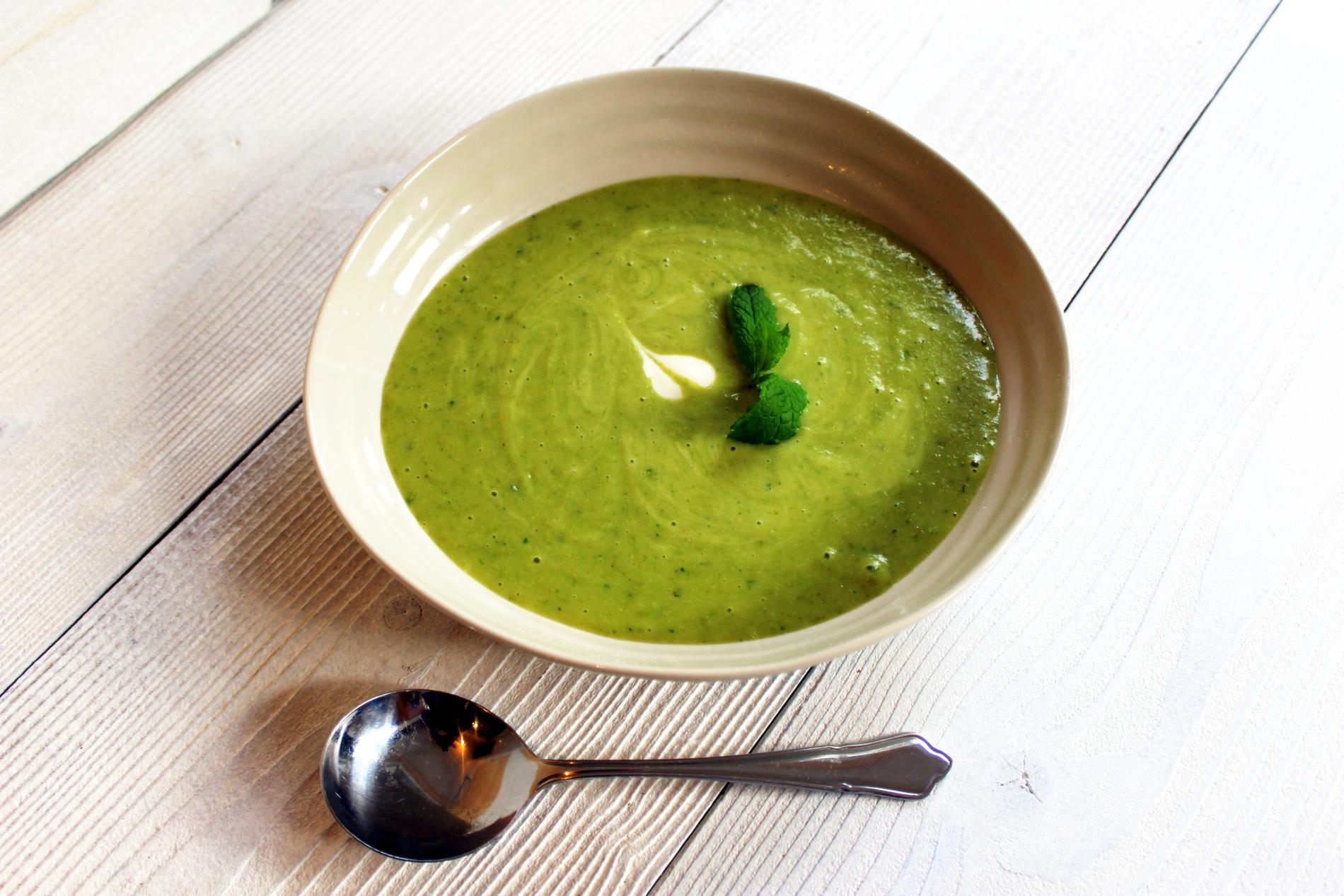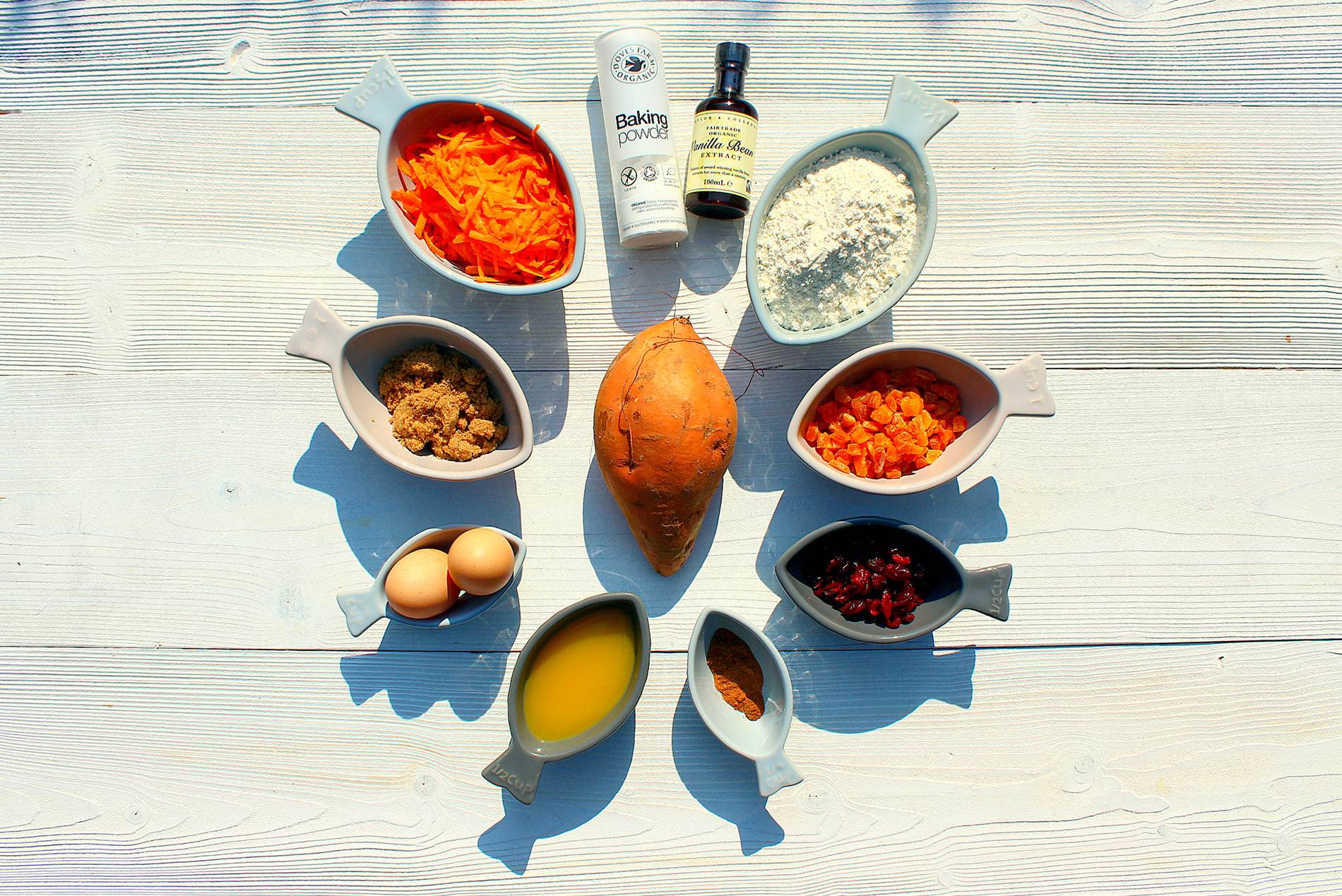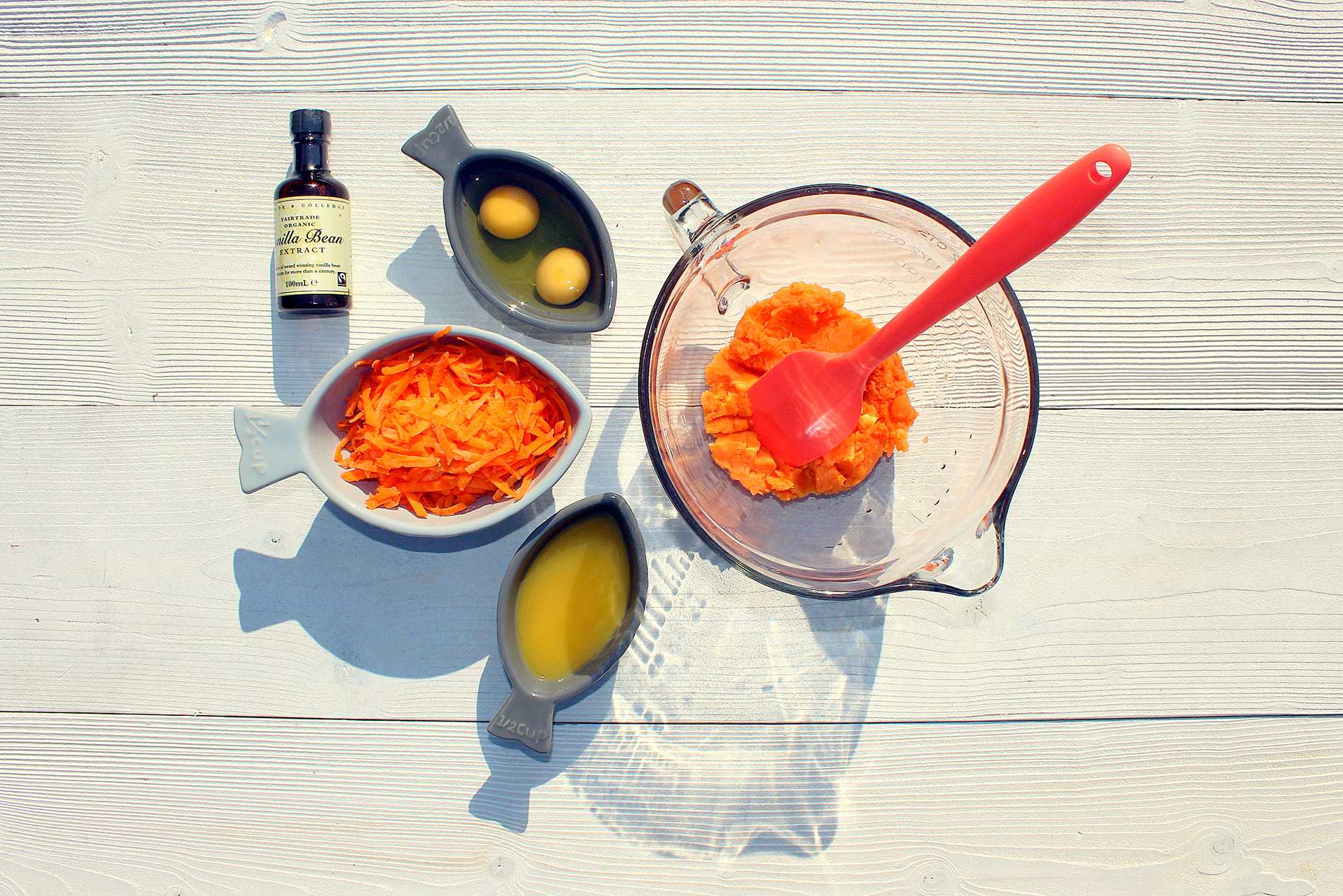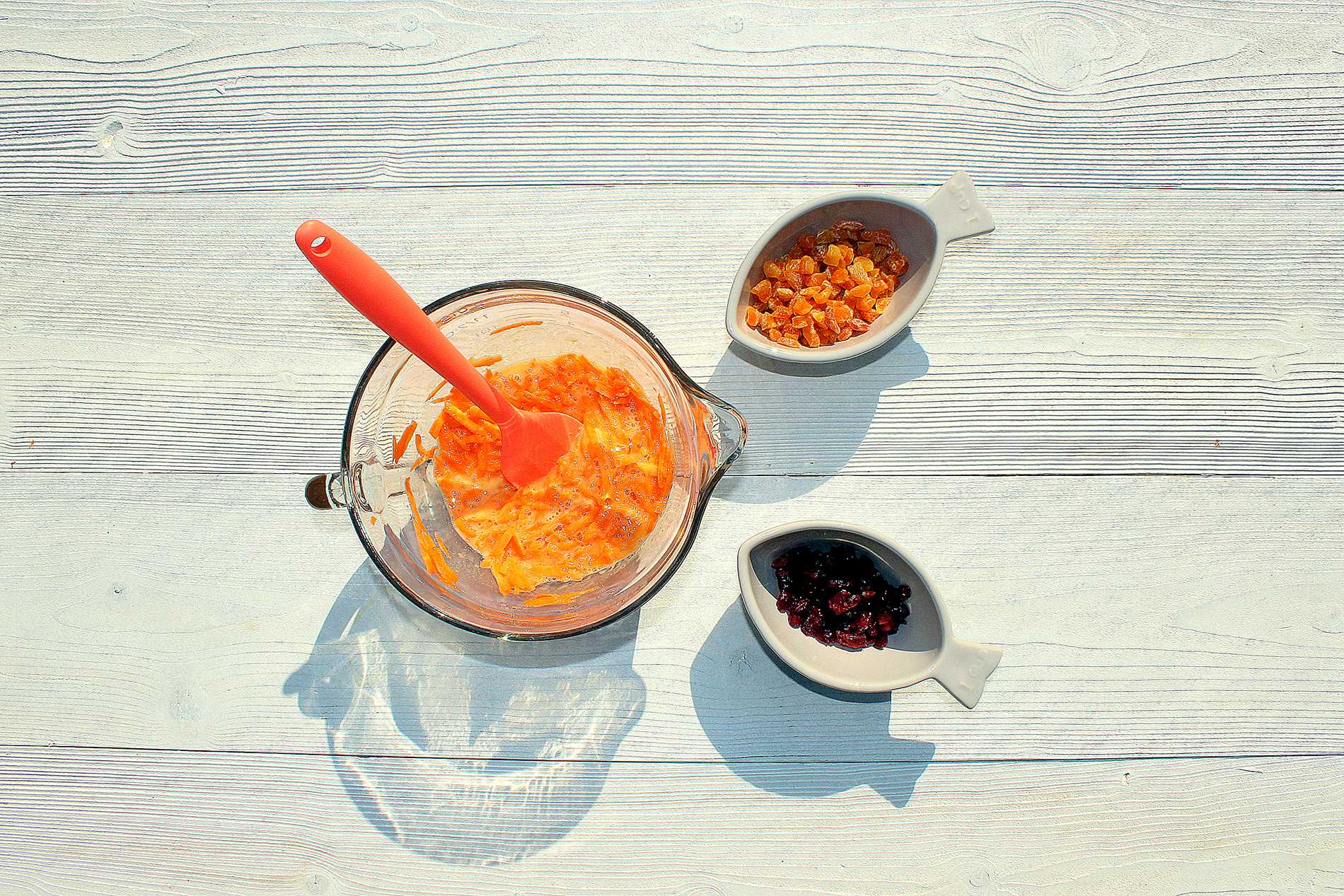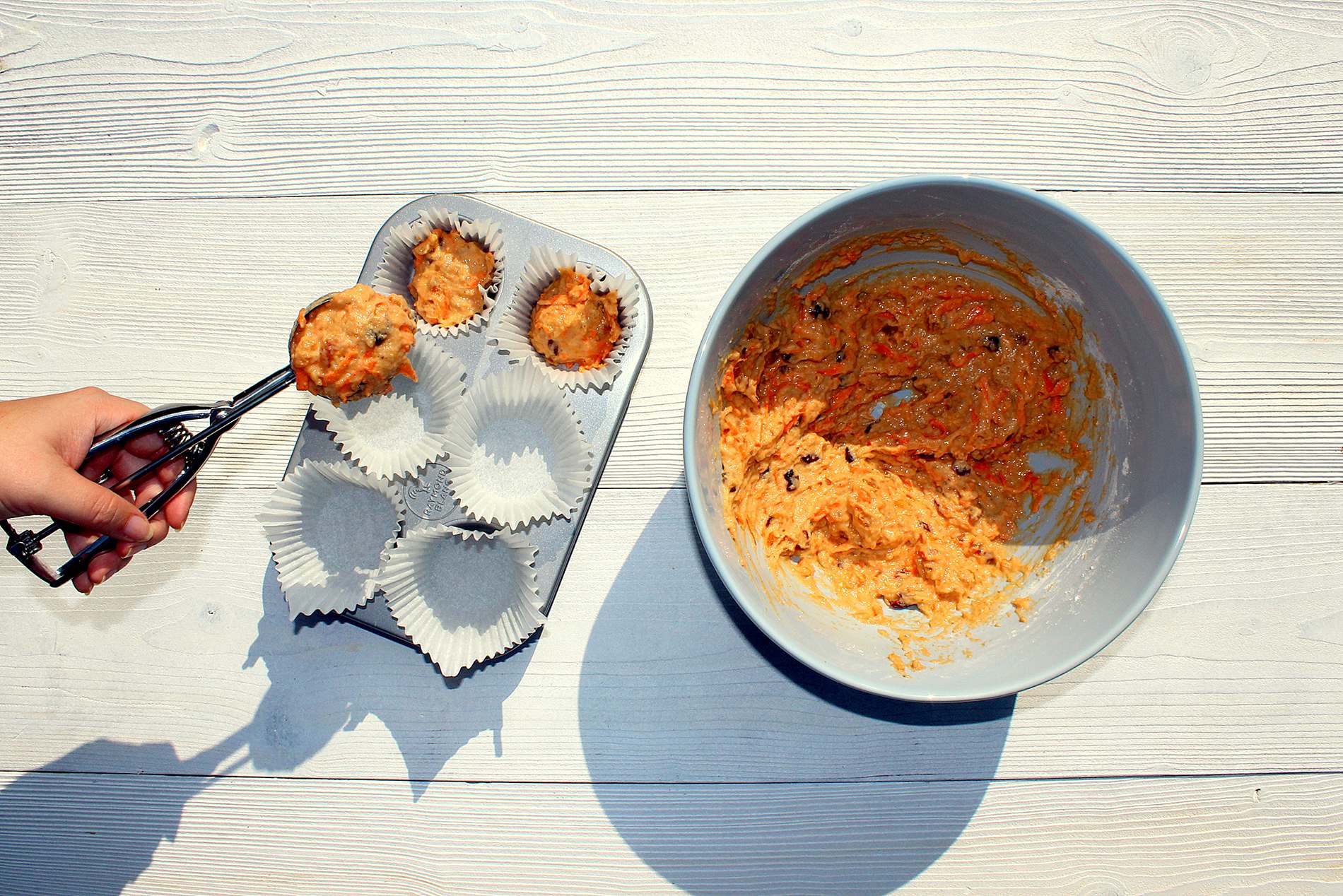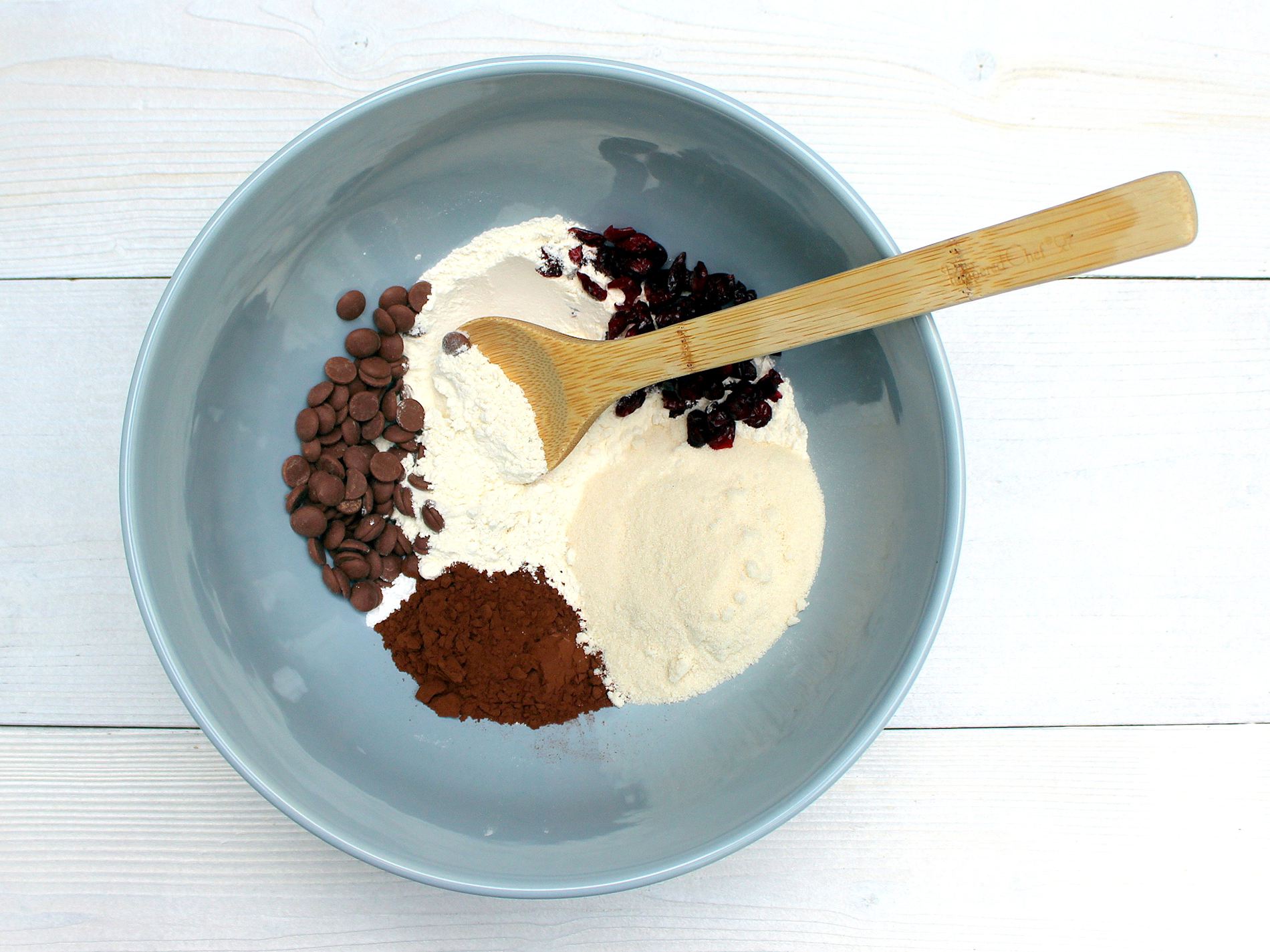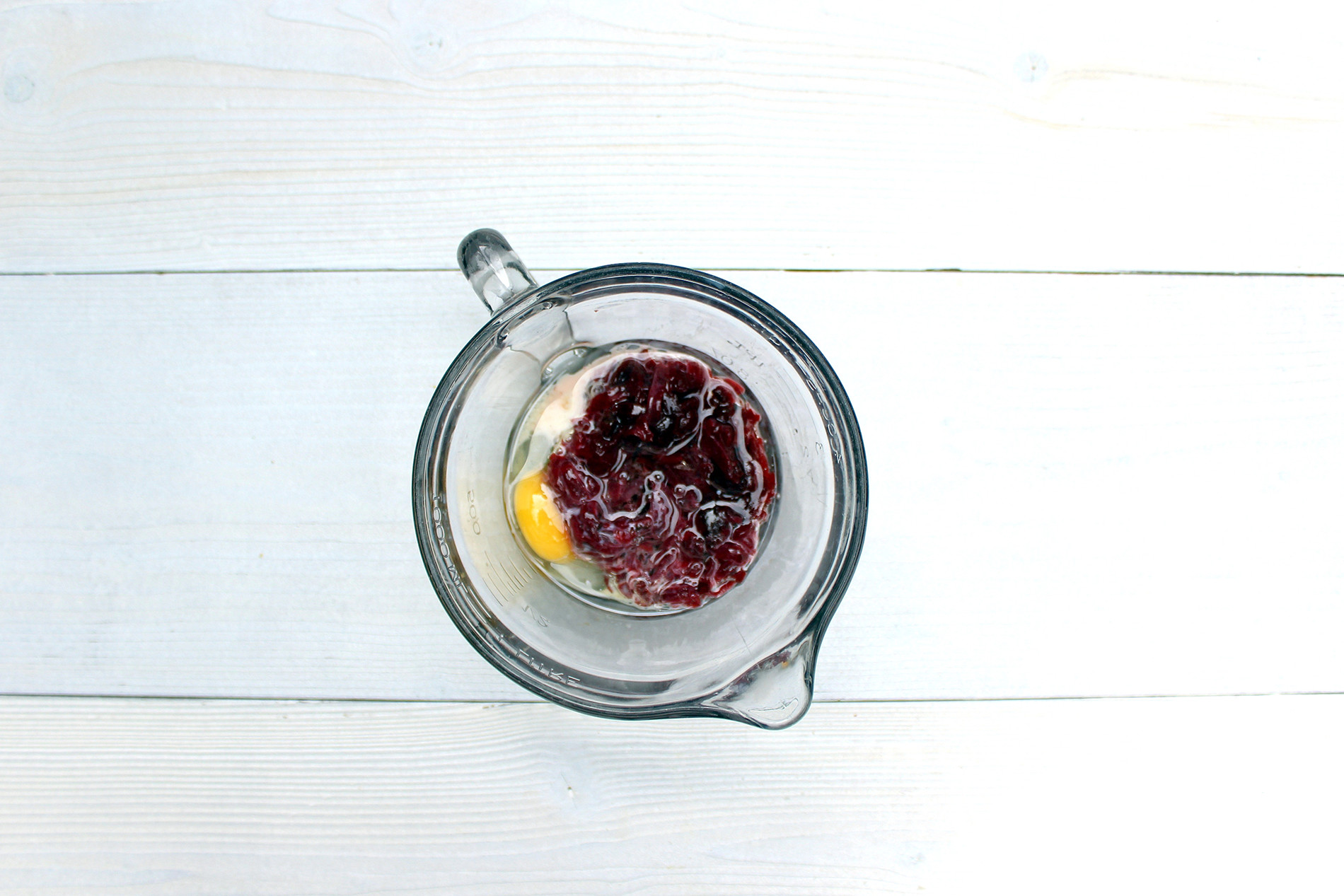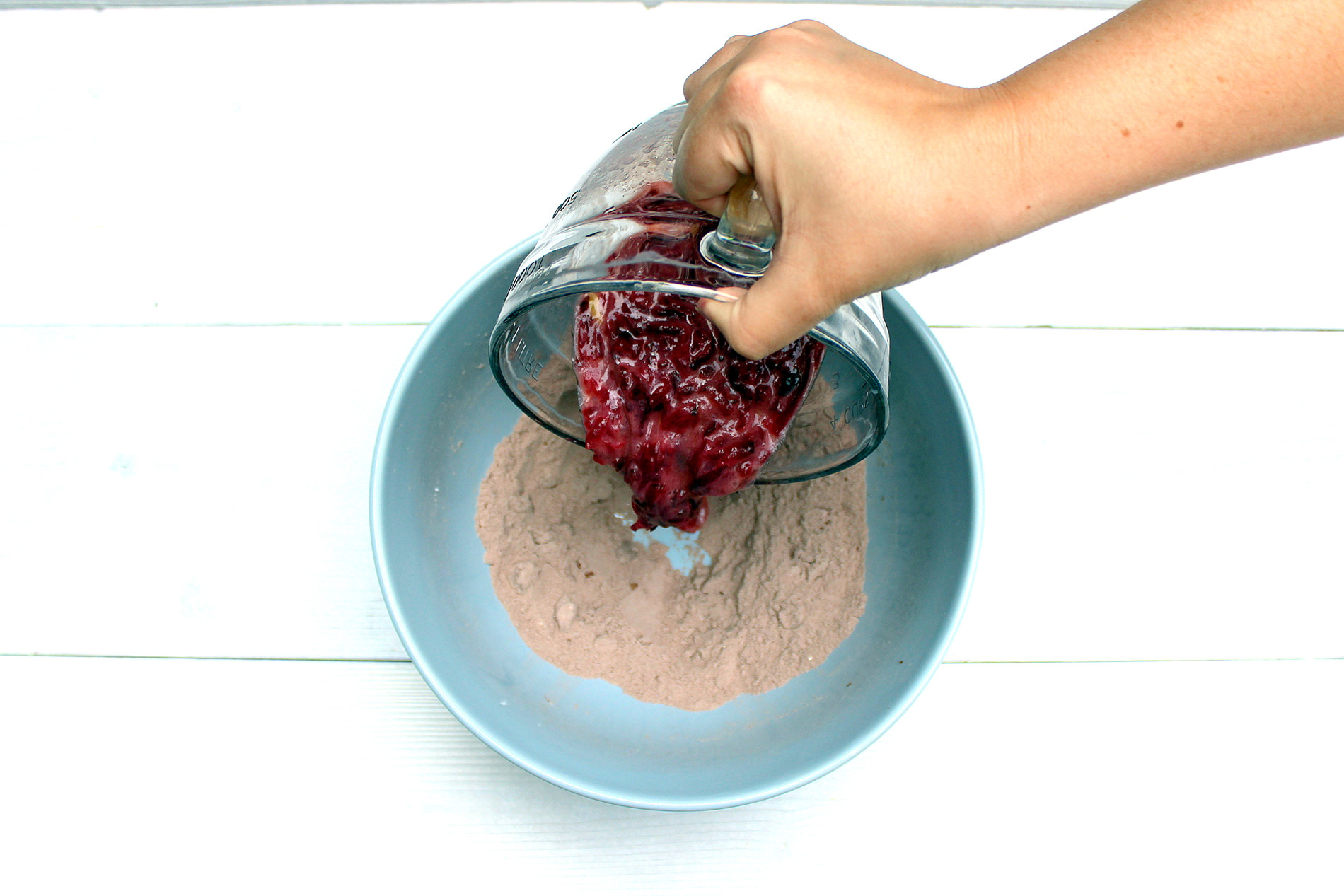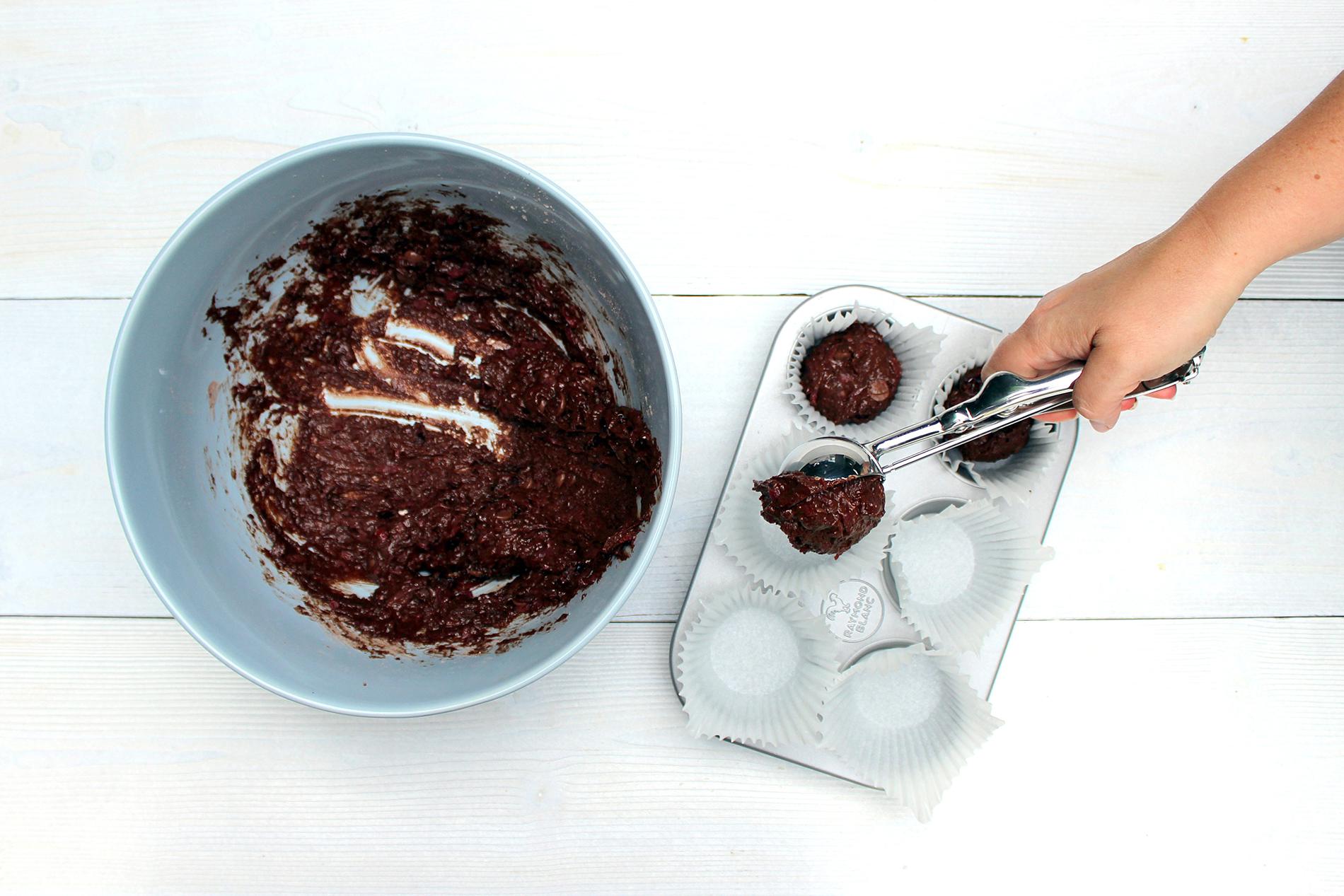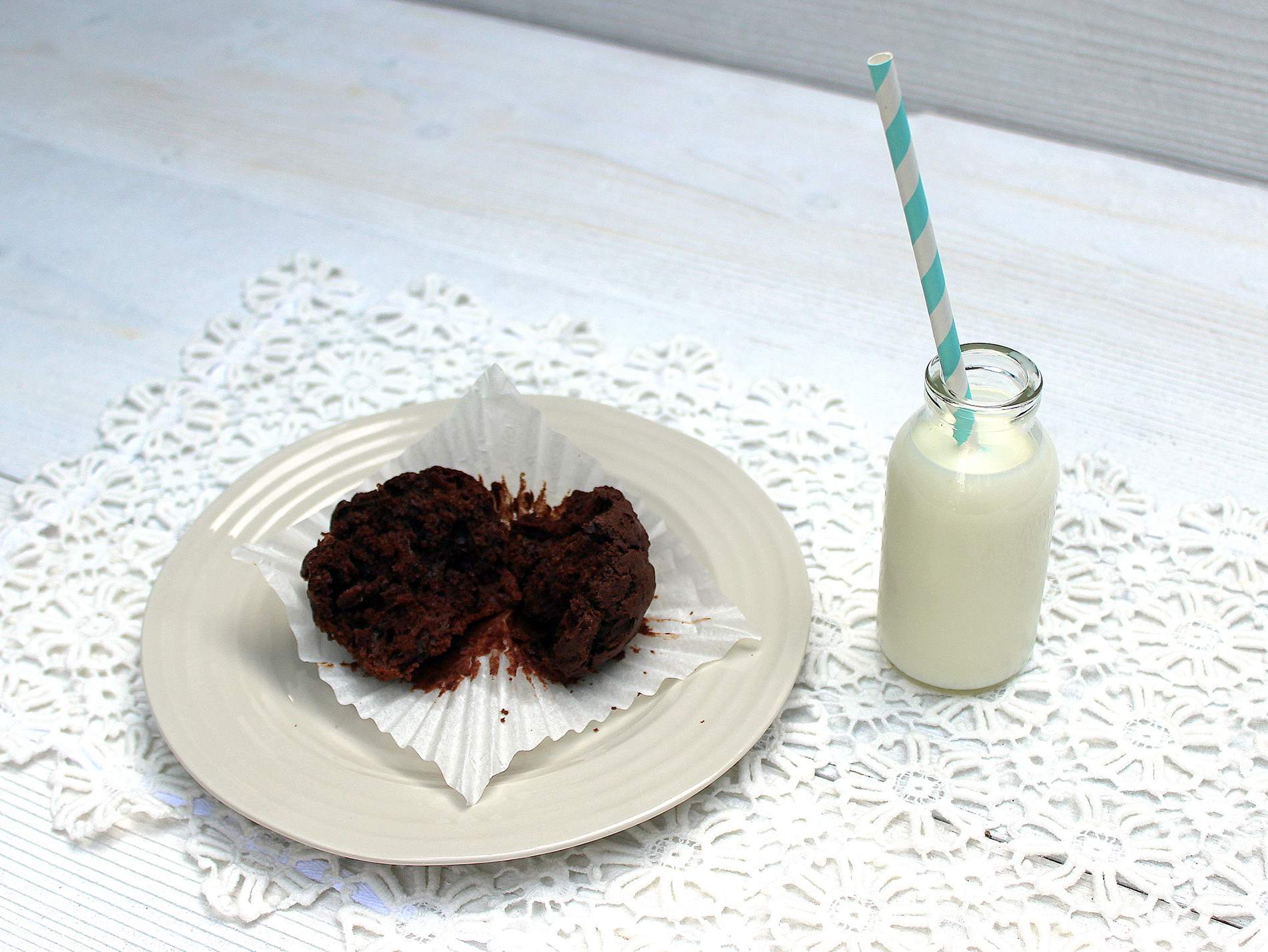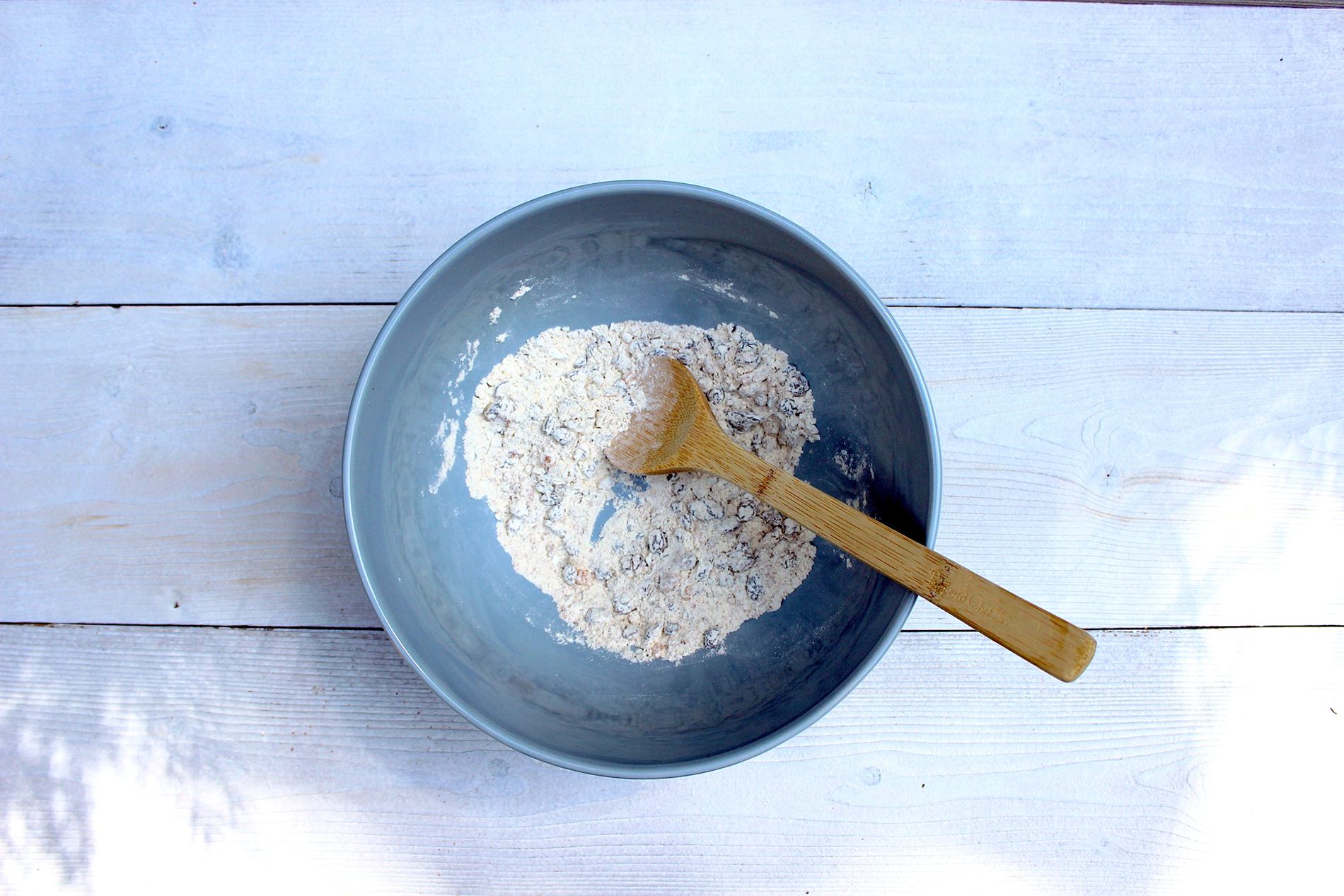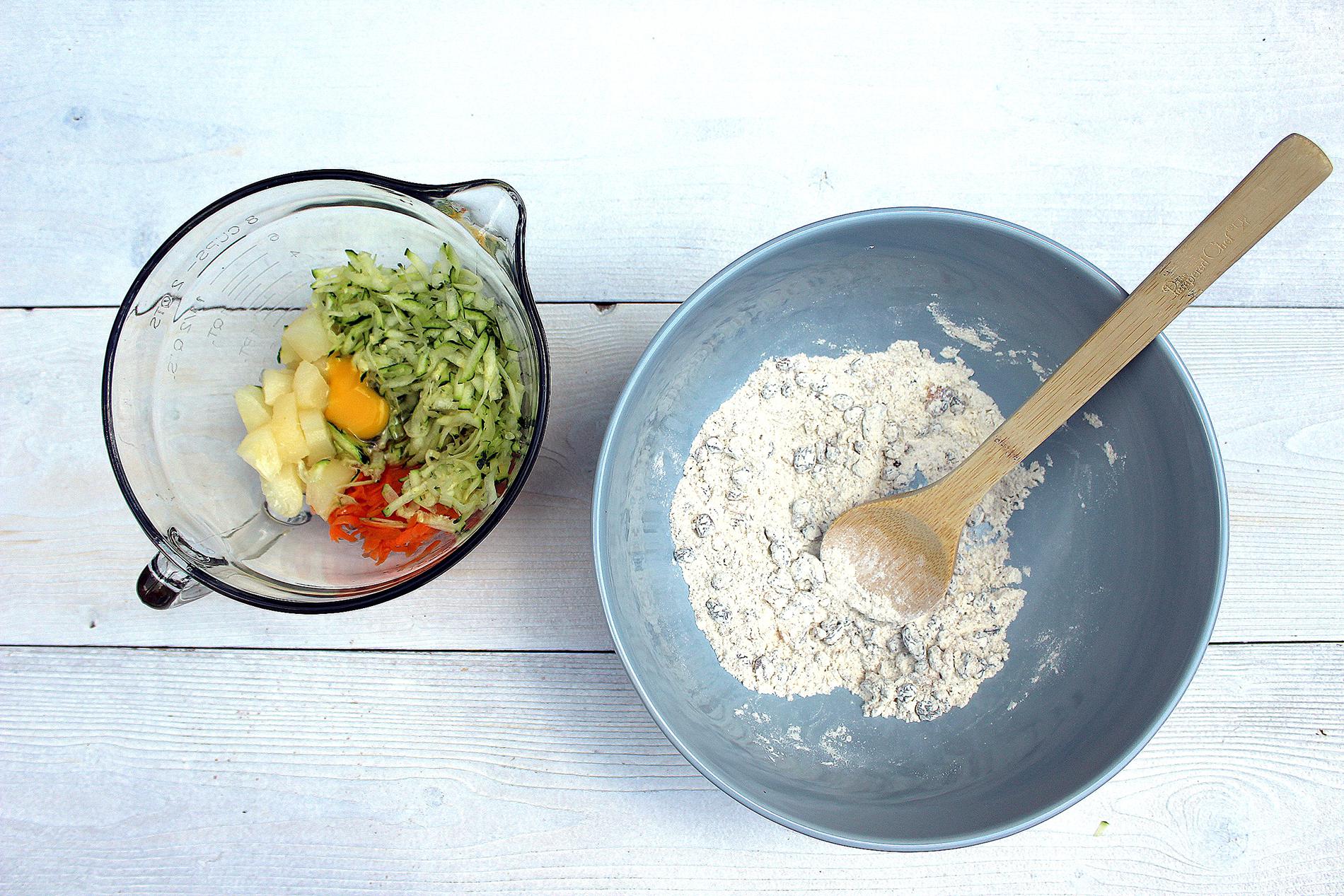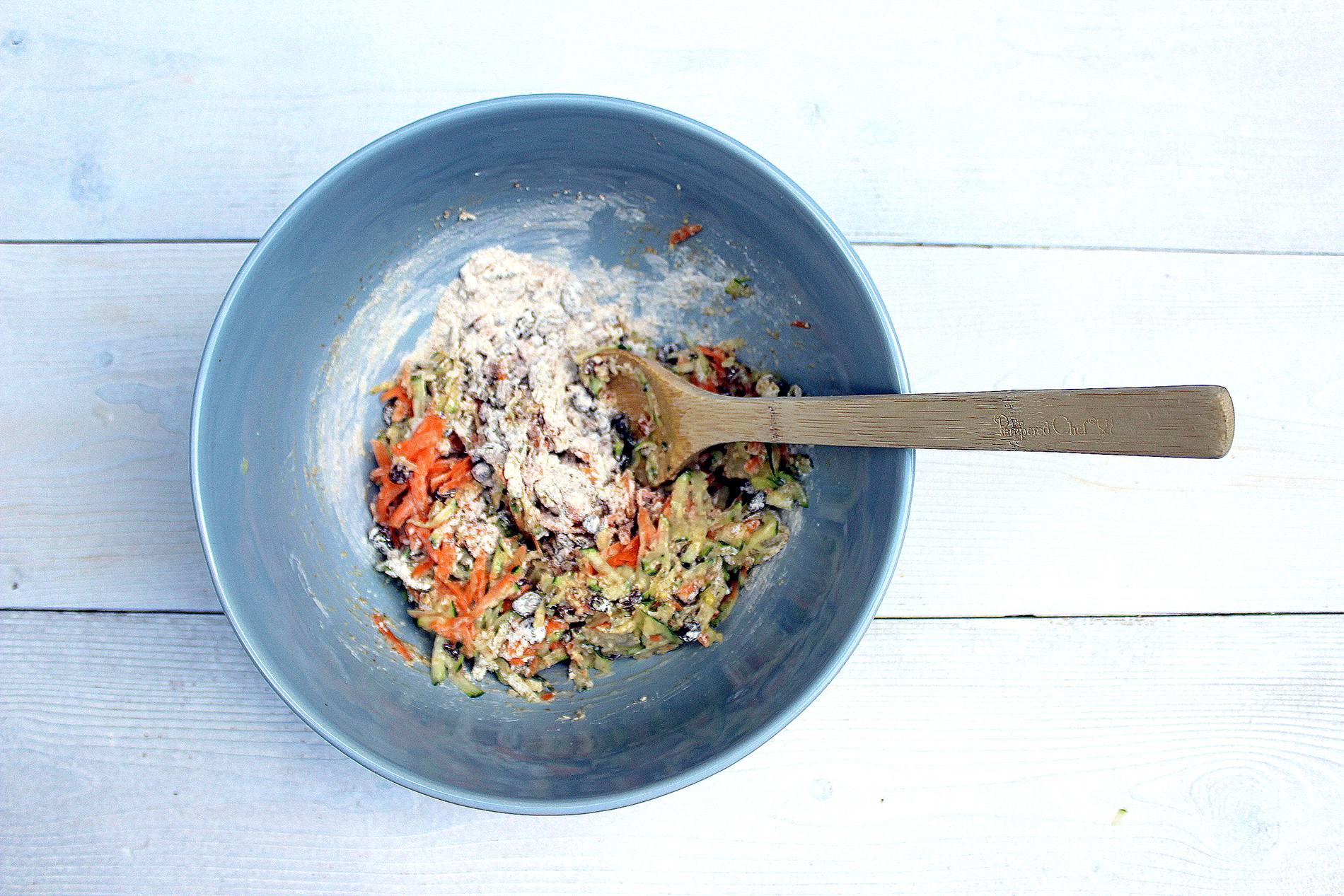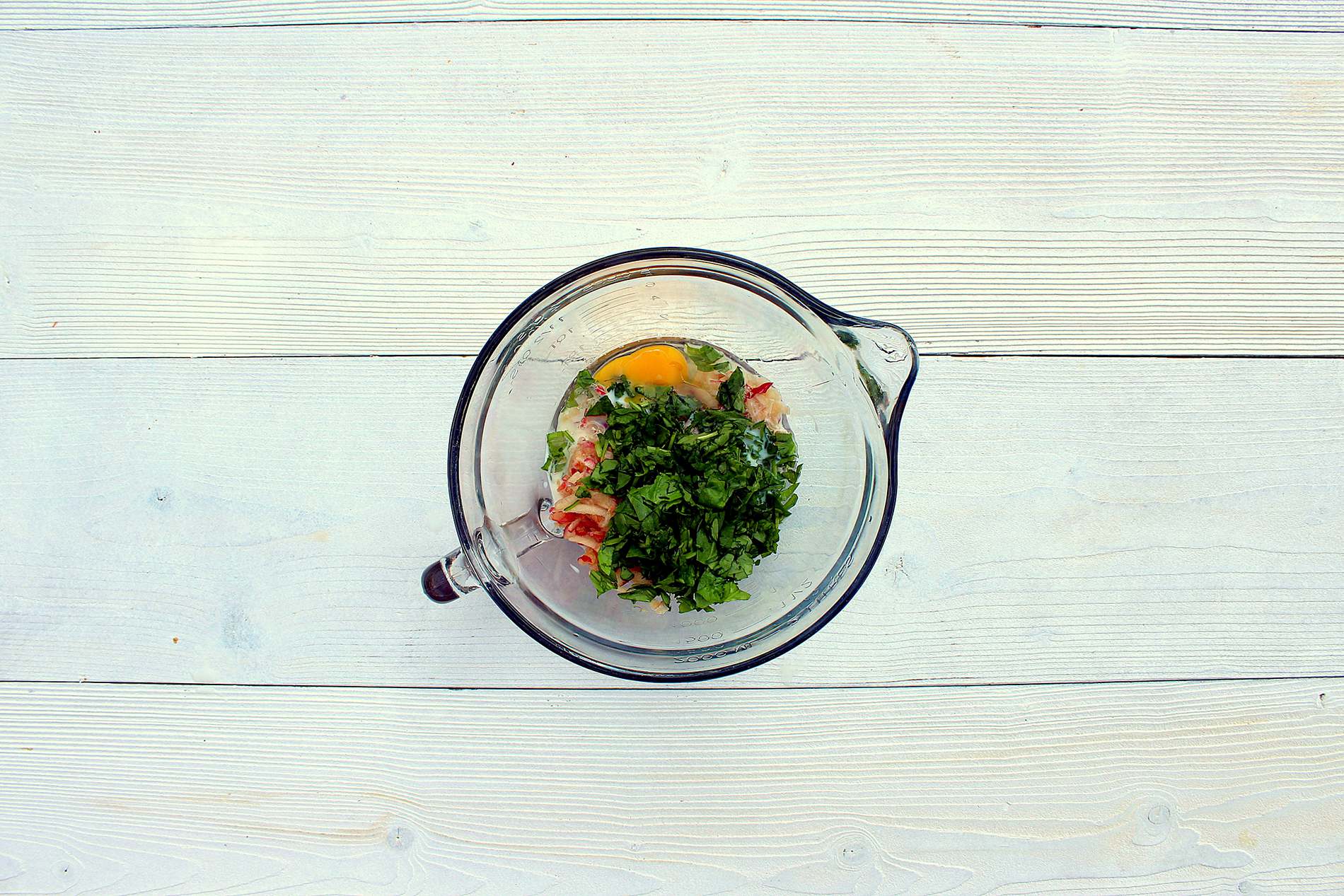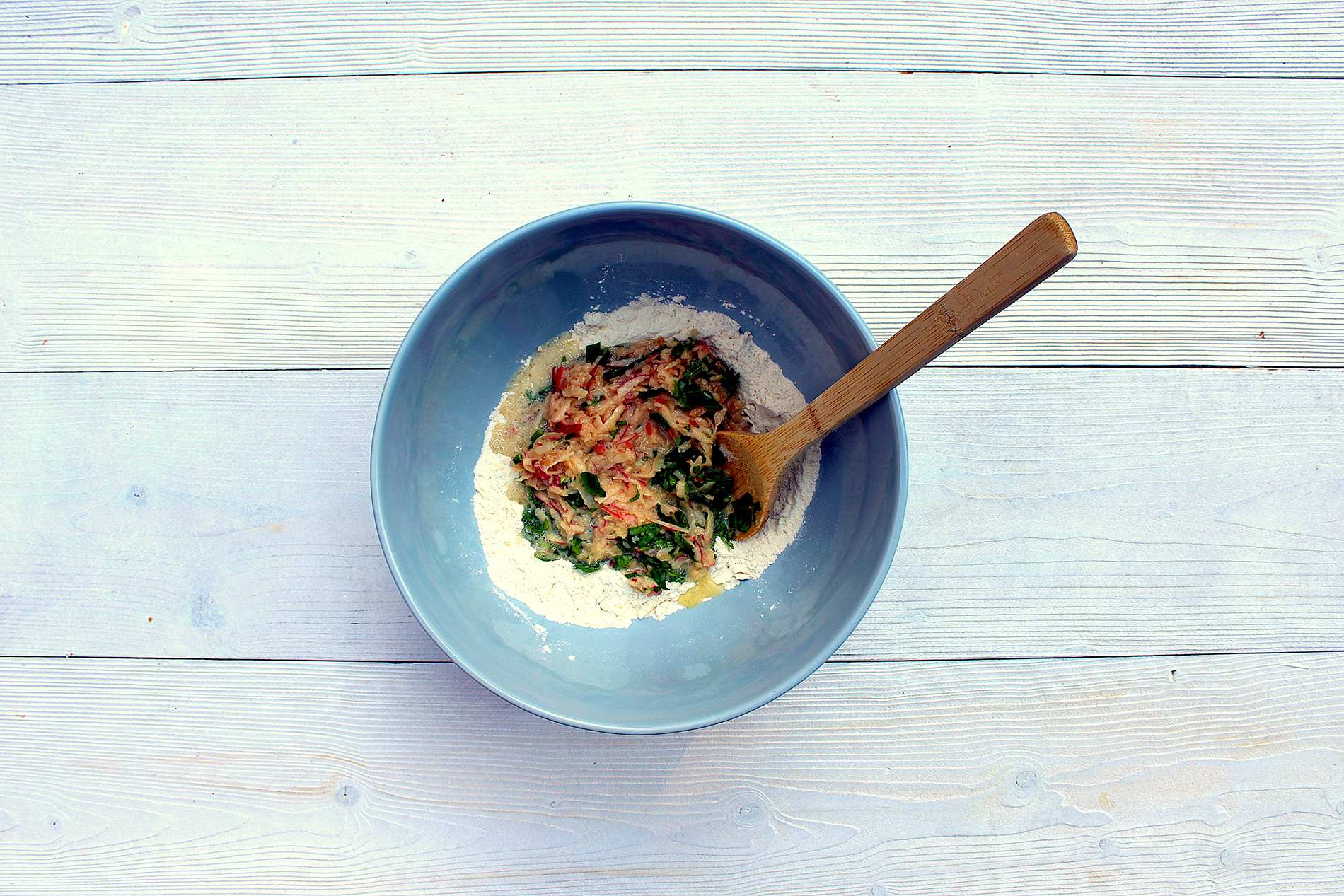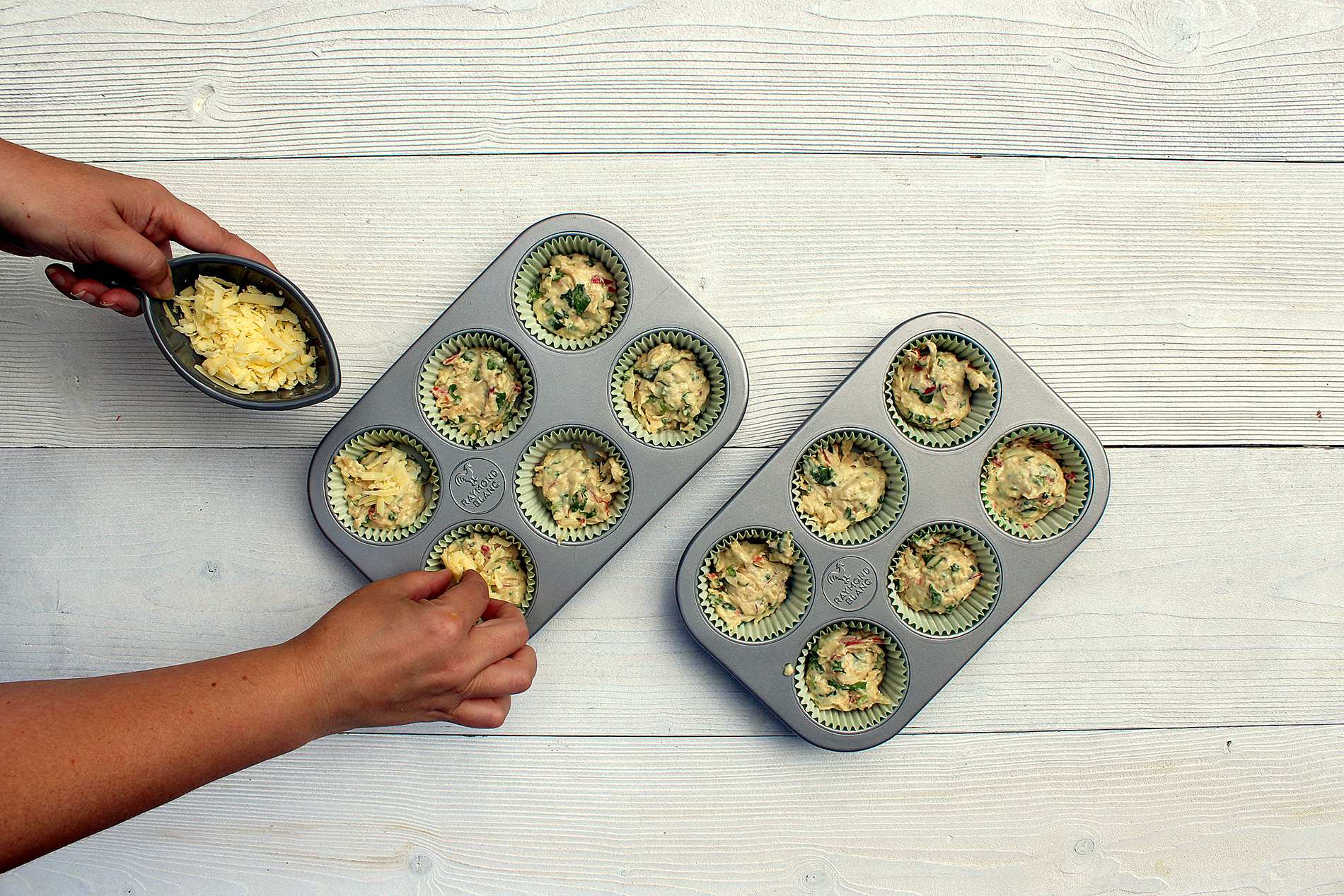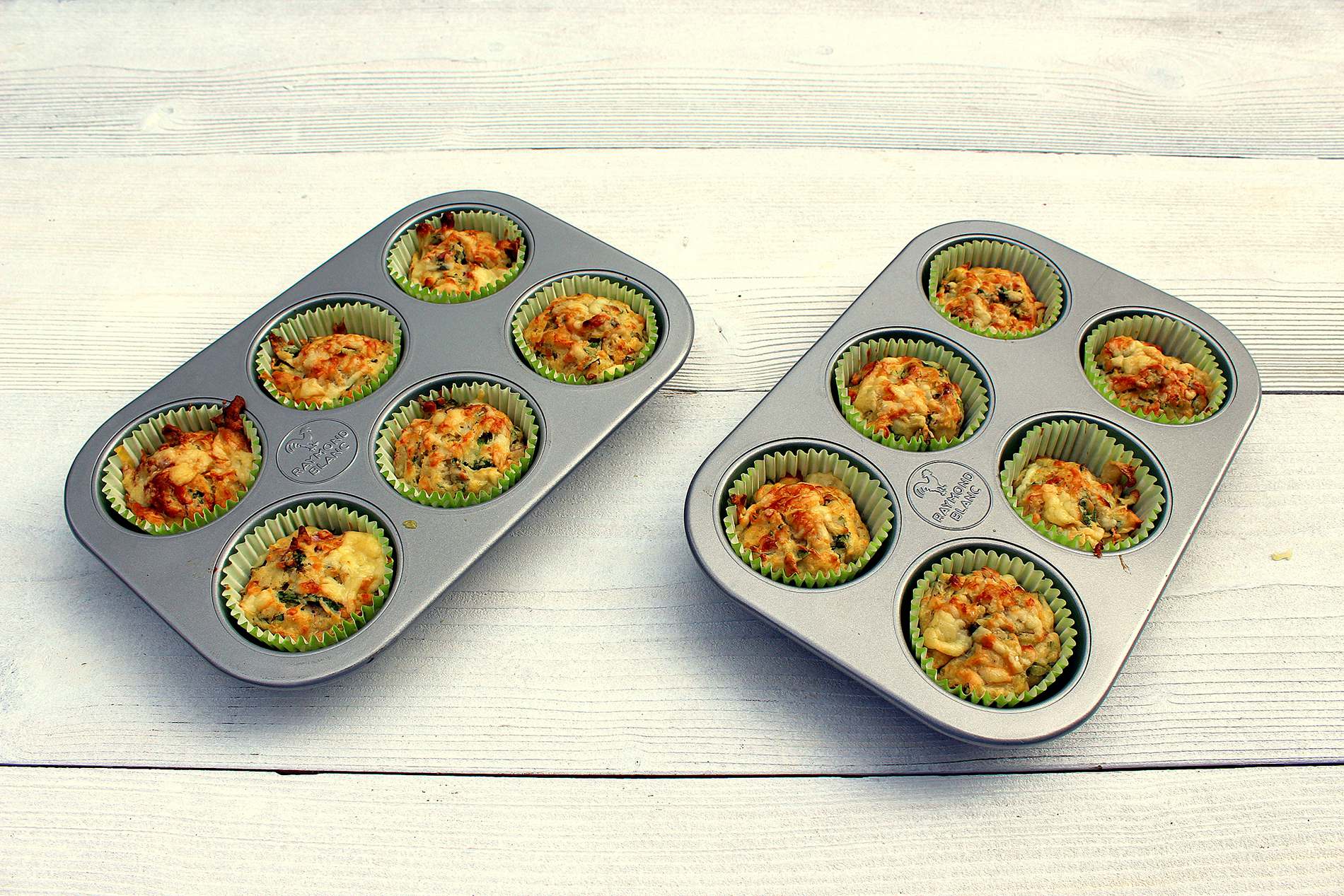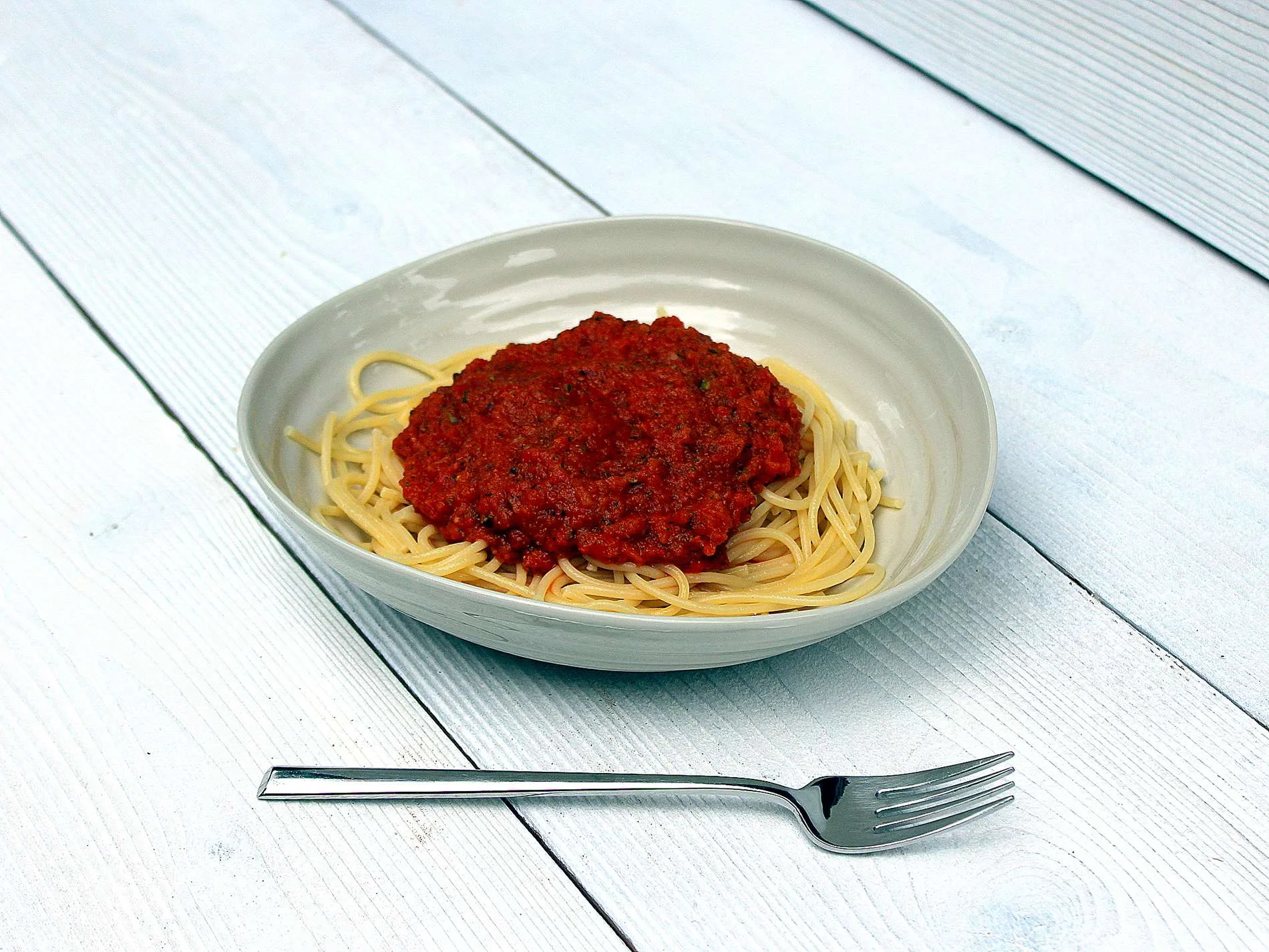Chia seed recipes are everywhere - but are they suitable for your baby / toddler? And what does this weird frogspawn like superfood taste like?
Chia originates from Mexico, where the seeds were highly prized for medicinal and nutritional properties, and even used as currency.
Left to soak for a few hours, the small seeds absorb water, milk and other liquids and have little flavour of their own. The soaking process is particularly important for young children as it means they are easily digested.
Image courtesy of Dr Axe
They are nutritionally rich in omega 3 and protein as well as a mix of vitamins and minerals, making them a perfect healthy pudding for your little ones.
Over the next three weeks, we’ll be posting three of our favourite chai seed weaning recipes, which are also perfect for toddlers, older children and adults alike.
Note from Abby Ixer, Registered Dietitian.
Chia seeds are nutritious, but not uniquely as other seeds also provide the same benefits. They can add an interesting texture to recipes, so are useful for increasing variety in the diet. Try flax, hemp and other seeds too. Suitable from 6 months +
Our first featured recipe (which we bet will be a hit with parents too) is Chocolate Chia Pudding, a rich creamy chocolate pud, sweetened with prune and vanilla extract.
Next week, we'll be sharing a coconutty Pina Cola Chia Pudding and finally a summery Peach Melba Chia Pudding Recipe.
